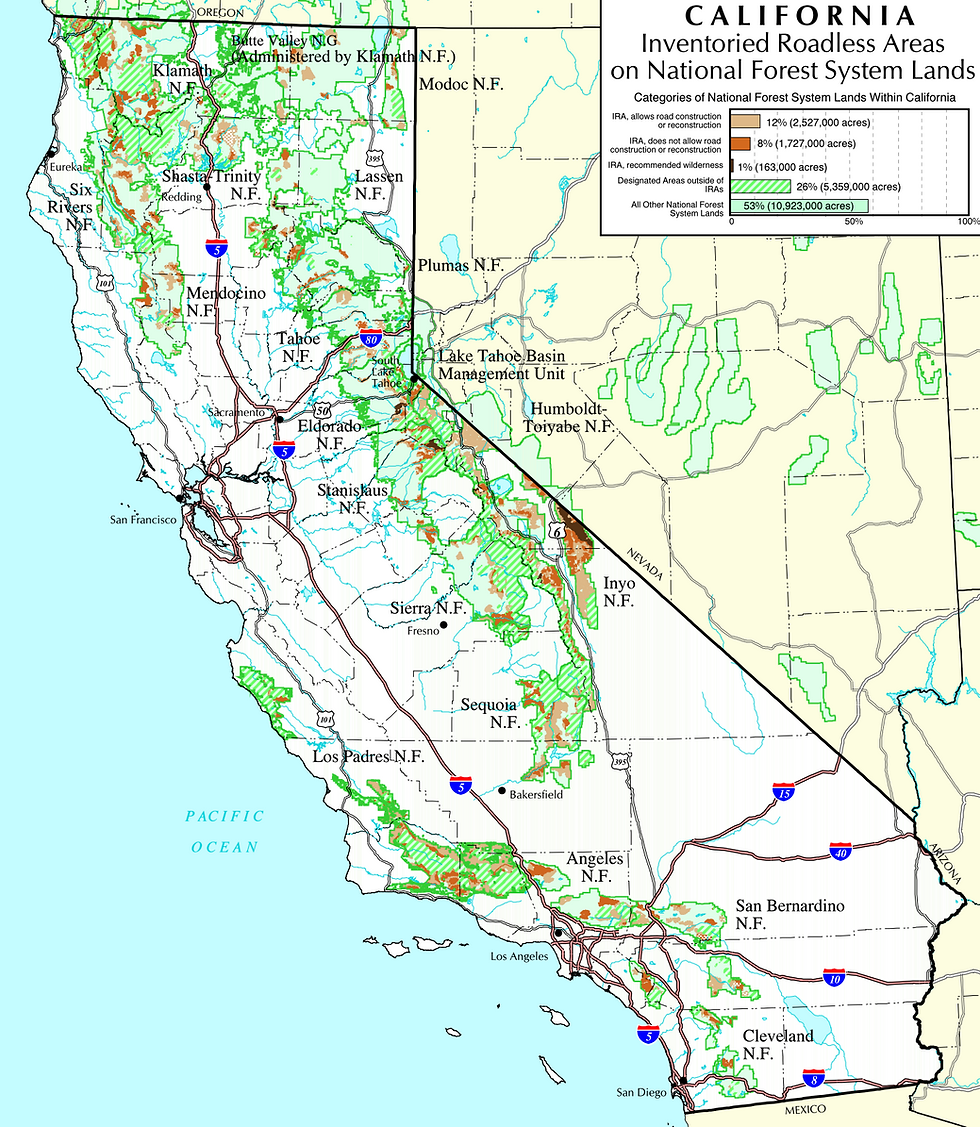Seeing the Scott and Shasta Rivers from the Sky: A Tour with EcoFlight
- Amber Jamieson

- Jul 22
- 3 min read
Earlier this June, EPIC had the extraordinary opportunity to take to the skies with EcoFlight, a nonprofit dedicated to illuminating environmental issues through the unique vantage of aerial perspective. Over two days, EcoFlight generously provided free educational flights over the Shasta and Scott Rivers for members of the Quartz Valley Indian Reservation, Friends of the Shasta River, the Scott River Watershed Council, and EPIC.
I was fortunate to join on June 12th for an eye-opening tour of these vital Klamath tributaries.
The Shasta River from Above
Our day began under the majestic silhouette of Mount Shasta, taking off from Weed Airport in a small plane guided by EcoFlight’s experienced pilot. On board, we were joined by David Webb of Friends of the Shasta River, who served as our docent.
As we climbed above the valley floor, we were immediately struck by the dramatic contrast between lush, irrigated pastures and the surrounding dry, rugged terrain. Vast networks of canals fed water to emerald-green fields, a stark reminder of the heavy agricultural footprint on this fragile watershed. From the air, the scale of these diversions—and the intensity of land use—became inescapably clear.
Flying north, we passed over Dwinnell Dam and its reservoir. The water body appeared choked with algae and largely stagnant—a concerning sign of reduced flows and warming temperatures. Beyond the reservoir, near Mount Shasta, the landscape was dotted with greenhouses and brown patches of land tied to recent cannabis development. Many of these operations truck in water rather than draw directly from the river, yet they mark another layer of strain on an already over-allocated basin.
A Bird’s-Eye View of the Scott River
Next, we met up with Charnna Gilmore of the Scott River Watershed Council to tour the Scott River. From above, the scars of the 2022 McKinney Fire were unmistakable—vast burn areas and miles of bulldozer lines from fire suppression traced the ridges. Timber harvest plans left additional patchworks of clearings, underscoring the cumulative impacts of logging on watershed health.
As we flew low over the Scott, vast fields of historic mining tailings came into view—huge mounds of displaced rock and numerous settling ponds that still define much of the river’s floodplain. Both the Scott and Shasta Rivers are heavily diverted to sustain sprawling pastures and hay fields, with irrigated agriculture comprising the dominant land use.
A Critical Moment for the Klamath
This aerial perspective couldn’t come at a more pivotal time. Just last week, we celebrated the largest dam removal and river restoration project in the world as Tribal youth from Paddle Tribal Waters completed a historic first descent from the Klamath’s headwaters to the ocean, honoring the newly freed river and the promise of returning salmon.
But for the upper Klamath Basin to truly recover, we must also restore its key tributaries. The Shasta River is the second largest salmon-producing tributary to the Klamath, while the Scott River ranks close behind. Once, these rivers supported runs numbering in the tens of thousands; today, returns are estimated in the hundreds. Without healthy, resilient wild populations in these tributaries, efforts to reestablish salmon in their ancestral spawning grounds upstream of the former dams may fall heartbreakingly short.
Gratitude to our Partners
Our profound thanks go out to EcoFlight for making these tours possible—not only flying us over these critical watersheds but also capturing breathtaking photographs, video footage, and audio narratives of our conversations to share with the wider community. EcoFlight is a nonprofit that provides these powerful services to grassroots organizations like ours, made possible through the generosity of donors. (You can learn more and support their work here.)
We are also deeply grateful to Friends of the Shasta River, the Scott River Watershed Council, and the Quartz Valley Tribe for their partnership and insights, helping us all better understand the intricate challenges facing these watersheds.
To prepare for these flights, we provided participants with informational handouts on the Scott River and Shasta River.
You can also view EcoFlight’s stunning photos (Below) and video here.
At EPIC, we remain committed to advocating for flows and habitat protections that do more than ensure salmon survival—they must support true recovery, so these iconic fish can once again thrive in the rivers that have sustained them for millennia.
Stay tuned for more updates on our work to protect the Scott and Shasta Rivers. In the coming months, critical regulatory processes will shape the future of these watersheds, including permanent instream flow regulations and the overdue renewal of the TMDL and Waste Discharge Requirements (WDRs). These decisions will determine how much water is left in the rivers for salmon, and how we address pollution and degraded habitat. Your engagement and support will be vital to ensure these processes truly prioritize salmon recovery and the health of these irreplaceable Klamath tributaries. For up-to-date information on Scottt and Shasta River issues you can visit the water board’s website at: https://www.waterboards.ca.gov/drought/scott_shasta_rivers/.









































Comments